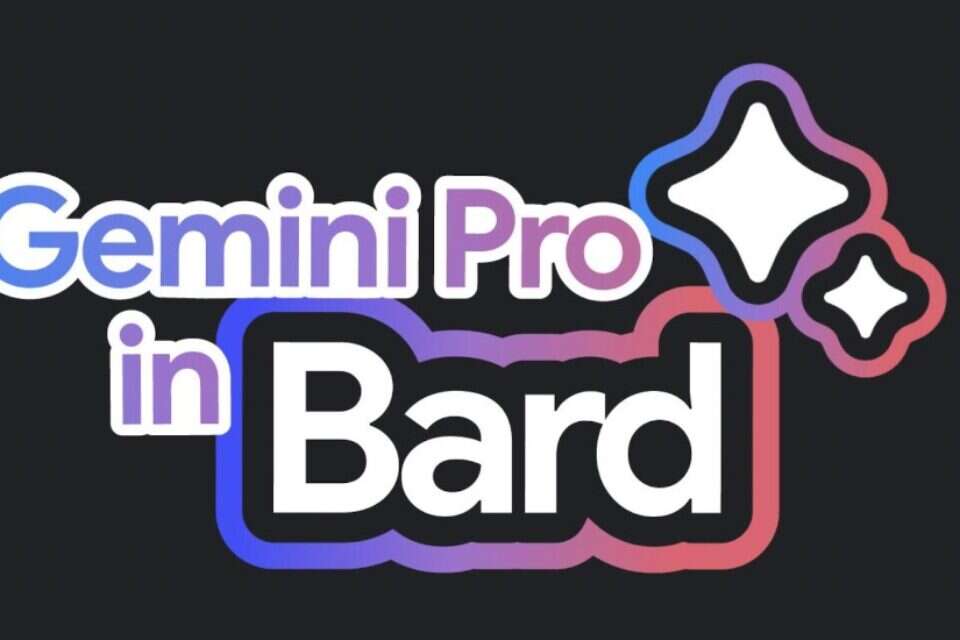Google announced today (Thursday) a series of updates to its popular artificial intelligence chatbot Bard (Bard). The updates include the addition of languages and the ability to create images through the chatbot (similar to the image generator of the competitor from Microsoft - Bing).
Until now, Bard was based on the PaLM 2 language model. Last December, Google announced the launch in English of the successor - Gemini Pro, which is, as mentioned, the most advanced language model of the tech giant.
According to her, the new model gives Bard "much more advanced comprehension, reasoning, summarizing and coding abilities."
The bard chatbot.
Checks facts and now also knows how to draw.
Archive, photo: screenshot
Now, two months after it was launched, Google announced that Gemini Pro in Bard will be available in all languages, countries and territories where the service is active, including Hebrew.
The actual meaning - more people will be able to use the fastest and most advanced version of the chatbot.
At the same time, Google announced that it has expanded the "checking sources" feature to more than 40 languages, which makes it possible to verify the correctness of the answers Bard gives.
The way the feature works is simple - after receiving an answer from Bard, press the G icon.
After that, the system will cross-reference the answer with the sources available on the Internet and display the complete information.
Google Bard.
Competes directly with Microsoft's Bing, Photo: Getty Images
Image creation comes to Google
Another new ability Bard got is creating pictures.
According to Google, from now on it will be possible to create pictures in Bard in the English language for free and in most countries of the world.
Bard will create the images using the Imagen 2 model - a model that Google claims can produce images that look like a real photograph.
The way of working with Bard's image generator will be similar to that which already exists in Bing's image generator, by writing a sentence in English, such as "draw me a picture of a dog riding a surfboard".
Bard will then create some custom options of the requested image.
You won't believe it, but this image is 100 percent Bard's artificial intelligence. Photo: Google
Google also announced that the company will continue to be committed to the responsible use of artificial intelligence.
"We continue to adhere to the AI principles to which we are committed, and therefore the image creation feature was designed responsibly. In order to definitely and easily distinguish between images created by Bard and images created by people, Bard will embed SynthID, which can be digitally identified, in the pixels of the images it creates." .
were we wrong
We will fix it!
If you found an error in the article, we would appreciate it if you shared it with us

